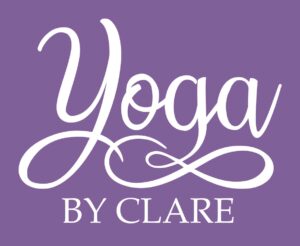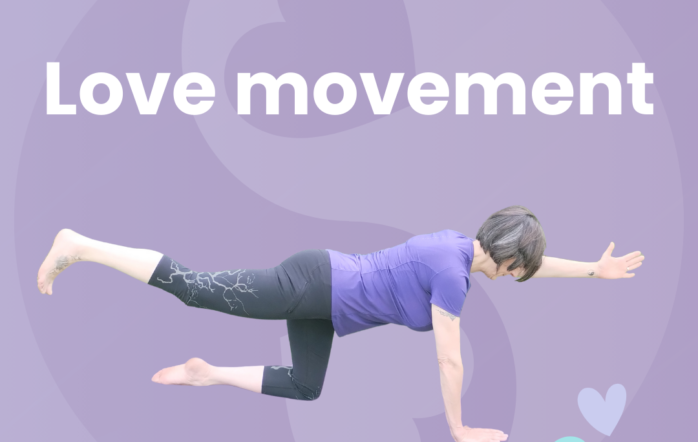Human beings are designed to move. Movement is essential to life, whether we are making dinner or going out for a run. It stimulates all the systems in the body, from the brain and nervous system, our breath and blood flow and even our gut and digestion.
And it seems that some movements are especially beneficial. This month, I’m going to explain why contralateral movements, or cross body movements are so good for us.
So what are contralateral movements?
They are the coordinated and synchronised movement of limbs and other body sections on opposite sides of the body.
Think about walking. As we step forward with the right leg, we swing our left arm forward and vice versa. Or bring our left elbow towards our right knee in an abdominal crunch. Crawling, running and climbing stairs are all good examples of everyday contralateral movement.
Why are contralateral movements so important?
We develop these movement patterns early in life when we begin to crawl at around eight months old. It seems that crawling plays a critical role in an infant’s brain development. It is thought that this is because these movements help to develop communication between the two sides of the brain, strengthening those neural pathways. These pathways support attention, language and learning, as well as movement functions.
The benefits of contralateral movement.
As we age, it is important to keep these neural movement pathways strong and healthy. They continue to support us in so many ways throughout our lives.
* Contralateral movements improve our core stability. This means that we stay more balanced and coordinated. As we get older, this lowers our risk of falling.
* They improve our posture, helping to prevent muscle strain and reduce injury.
* They involve all the muscles in the body so they are a great overall workout, keeping us in good shape.
* They continue to build and strengthen the neural connections between the two sides of our brain improving our reaction times as well as skills like concentration, memory and new learning.
* Our brains find these movements reassuring, so they support us to stay calm and focused. We all know that running and walking can help us to manage stress more effectively, and this is why.
Five ways to bring contralateral movements into your routine.
Fortunately it is easy to bring contralateral movements into our lives and exercise routines. No special equipment required!
Remember to start gently if you haven’t exercised for a while, and drink plenty of water. Stop if you become out of breath or feel unwell, and seek medical advice.
1. Start walking a little further every day. Aim to increase your step count or the distance you cover. Remember to take your hands out of your pockets so that you arms are free to move easily. Or if the British weather means you want to stay inside, how about marching on the spot?
2. Lying on your back, lift your left leg and right arms slowly upwards towards the sky, then slowly down. Now bring your right leg, left arm up in the same way. Repeat five more times on each side.
3. Still on your back bring your left elbow towards your right knee as you bend your arm and leg. Now your right elbow towards your left knee. Repeat five times.
4. Standing up, take the feet wide, keeping the knees a little soft as you bend forwards. Take your left hand to your right leg (knee, shin, toes), then swap to bring your right hand to your left leg. Repeat five times.
5. Standing or sitting fold your arms in your normal way. Now try that to the other side, the one that feels a bit odd. Cross and uncross your arms in each direction several times. This one is great for re-learning an old skill and challenging both sides of the brain.
And of course, yoga has lots of shapes and flows that practice contralateral movement, from twists like thread the needle, revolved and fallen triangle shapes, bird dog, lunge variations – the list is endless. A good yoga class will include at least one of these. So why not find a regular class near to you or online, and give it a go.

